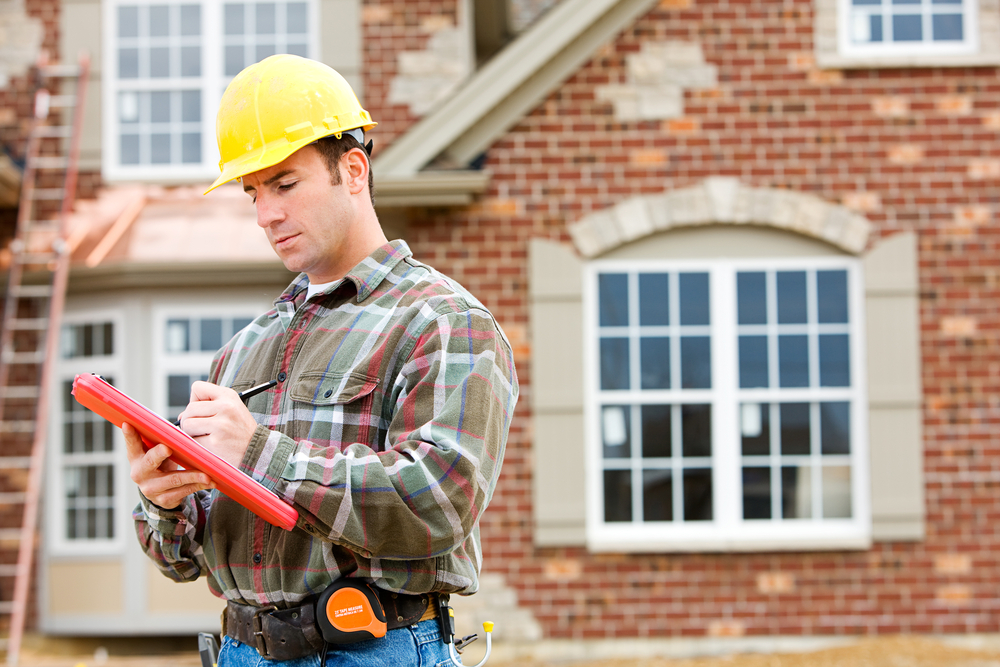 Radon is a colorless, odorless, tasteless, radioactive gas that has been found in homes nationwide. Produced by natural breakdown of uranium in soil, rock and water, radon moves up through the ground and into the air that we breathe. It also gets into homes through cracks and other holes in the foundation, or through well water. A home will essentially “trap” radon, thus making the living area dangerous for those inside who are breathing the radon-contaminated air.
Radon is a colorless, odorless, tasteless, radioactive gas that has been found in homes nationwide. Produced by natural breakdown of uranium in soil, rock and water, radon moves up through the ground and into the air that we breathe. It also gets into homes through cracks and other holes in the foundation, or through well water. A home will essentially “trap” radon, thus making the living area dangerous for those inside who are breathing the radon-contaminated air.
The Environmental Protection Agency (EPA) reports that radon is the second leading cause of lung cancer, second only to cigarette smoke. As a home buyer, you may or may not have to worry about radon gas issues. Some homeowners go about their business for decades, blissfully unaware of the hazards associated with radioactive gas. Other homes in areas where radon is known to be prevalent will need to be tested and required before you move in
According to the EPA, nearly one out of every fifteen homes in the United States has an elevated radon level (4 pCi/L or more), resulting mostly from radon’s presence in surrounding soil or in well water. The gas enters a home through small spaces and openings like cracks in concrete, floor drains, joints and pores in hollow block walls. If the home has a well, the likelihood of radon can be particularly high, The gas breaks down into radioactive particles that remain in the air and that can damage the delicate tissue of the lungs. A home can be old or new, drafty or well-sealed, and still have a radon problem.
That’s the bad news. The good news is that fixing a radon problem isn’t as costly and time-consuming as one might assume. You and/or the home seller will need to test for gas, and then have special ventilation added in the foundation and the basement. If you suspect a radon problem, first consult with your local, county, or state government agency for recommendations of qualified radon-reduction contractors. The federal government has created a national hotline at (800) SOS-RADON, and all states have a radon office designed to help the public deal with radon issues. The EPA has a list of those offices posted on its website at www.epa.gov/iaq/whereyoulive.html.





